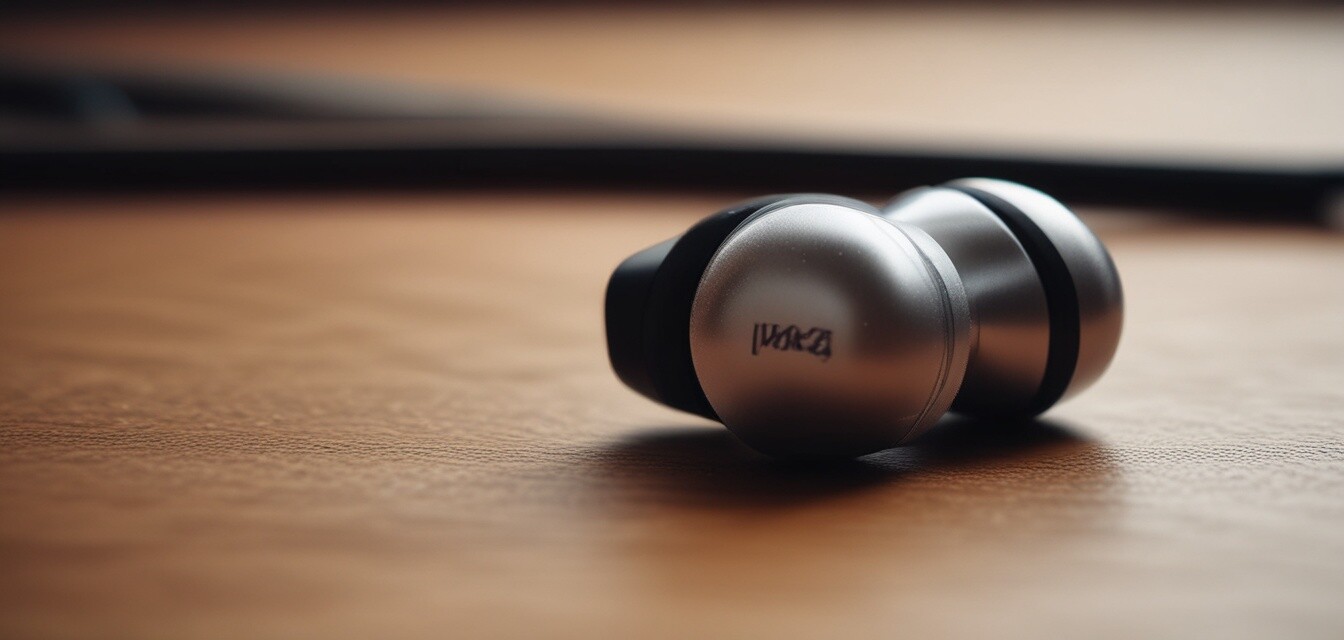
How to evaluate sound quality in earbuds
Key Takeaways
- Understanding sound characteristics, such as bass, mids, and treble, is vital for assessing sound quality.
- Pay attention to the earbuds' frequency response and impedance for better sound reproduction.
- Consider comfort and fit, as these aspects influence how sound is perceived.
- Utilize multiple audio sources and genres for a comprehensive evaluation.
- Don’t hesitate to read reviews and specifications before making a purchase decision.
Choosing the right earbuds can make a significant difference in your audio experience. With so many options on the market, knowing how to evaluate sound quality can help you make the best decision. In this guide, we’ll explore the essential techniques for assessing sound quality in earbuds.
Why sound quality matters
When investing in a pair of earbuds, sound quality plays a critical role. High-quality sound can enhance your listening experience, whether you're enjoying music, podcasts, or audiobooks. Here’s why you should prioritize sound quality:
- Enjoyment: Good sound quality enriches the audio experience, making it more enjoyable.
- Accuracy: It allows you to hear all the details in a recording, enhancing your appreciation of the artist's work.
- Comfort: Poor sound quality can cause strain while listening, leading to discomfort over time.
Key sound characteristics to evaluate
When evaluating earbuds, consider the following sound characteristics:
| Characteristic | Description |
|---|---|
| Bass | The low-frequency sounds in music that provide depth and power. |
| Mids | The middle frequencies where most vocals and instruments lie. |
| Treble | The higher frequencies that add clarity and detail to the sound. |
Evaluating sound quality in earbuds
To effectively evaluate sound quality in earbuds, follow these steps:
- Test with various genres: Play different types of audio including classical, rock, and electronic music to assess how the earbuds handle different frequencies.
- Check frequency response: A wider frequency response range indicates the earbuds can reproduce more sounds. Look for earbuds that cover a range from 20Hz to 20kHz.
- Listen for clarity: Note if any sounds get muddled or lost. High-quality earbuds should provide a clear listening experience without distortion.
- Evaluate the fit: A good seal in your ear can enhance bass response and overall sound quality. Ensure the earbuds fit comfortably and securely.
- Compare with other models: If possible, directly compare different earbuds to see how they perform against each other.
The role of impedance in sound quality
Understanding impedance can also aid in evaluating sound quality. Impedance is the resistance that earbuds provide to the electrical signals from your device. Here’s how it affects sound performance:
- Low impedance (around 16-32 ohms): Best for portable devices, as they can produce higher volumes without distortion.
- High impedance (above 32 ohms): Generally requires more power and is better suited for high-end audio equipment.
Comfort and fit considerations
Comfort and fit are important not just for prolonged use, but also for sound quality. Poorly fitting earbuds can lead to sound leakage and reduced bass response. To find the right fit:
- Try different silicone or foam ear tips to find the ideal size.
- Ensure they stay in place during movement, as this can affect overall sound quality.
Making informed choices
Before making a purchase, consider researching and reading reviews. Understanding what others have experienced can provide valuable insights. Explore our Headphone Buying Guides for more information on choosing the right earphones.
Conclusion
Evaluating sound quality in earbuds requires attention to detail and a good understanding of sound characteristics. By considering bass, mids, treble, frequency response, impedance, and fit, you can make an informed decision. Remember, taking the time to evaluate will ensure your purchase meets your audio needs.
Tips for beginners
- Start with a range of audio genres to see how different earbuds perform.
- Use a music source that you are familiar with to identify any discrepancies in sound.
- Don’t rush the process; test several models before deciding.